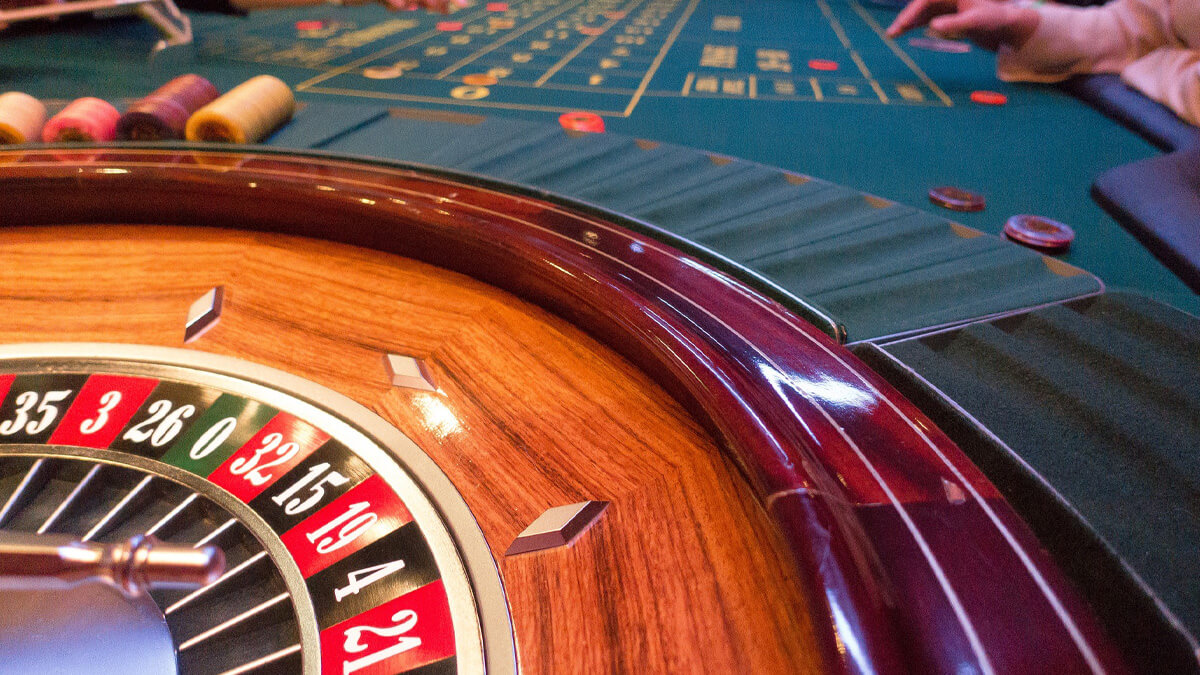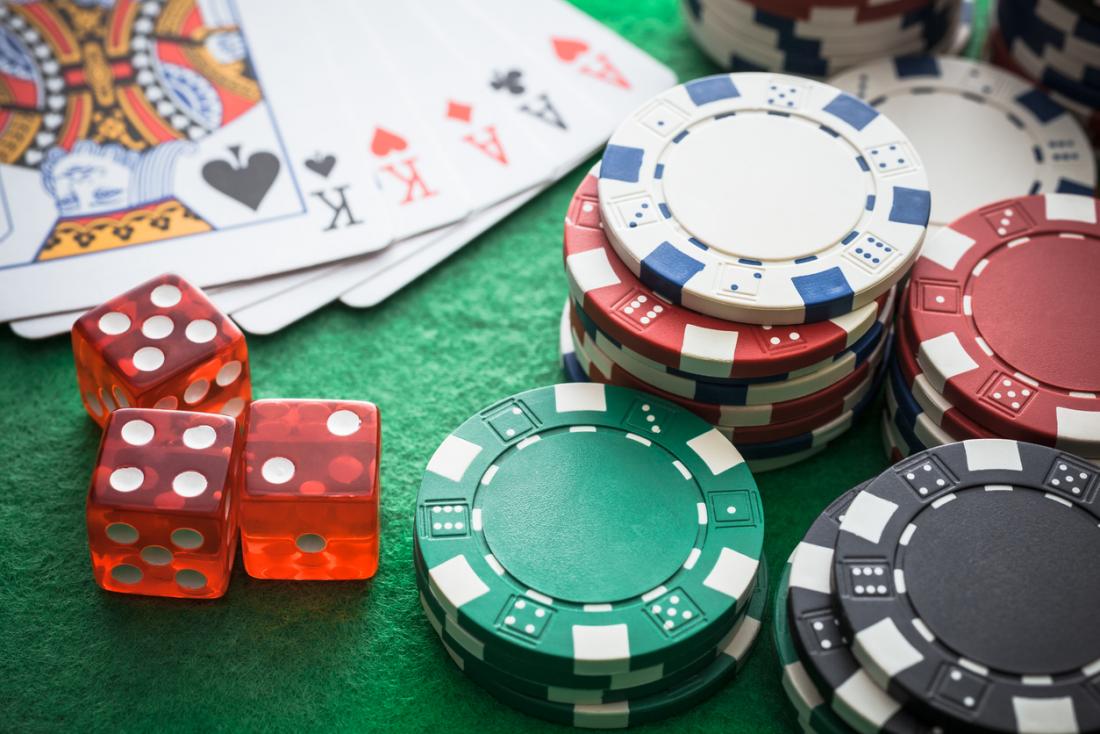The popular casino game of Roulette evolved over a few centuries to spawn many different variations. Three of those variations are classics that are inseparably linked to the game’s fascinating history. They include the European, French, and American versions, and they provide the foundation for the many modern forms of the game that have arisen over the past few decades.
Each of the classic variations has something unique to offer players, from different betting options to different house edges.
European Roulette
Arguably the most popular variation of the game at gambling sites such as Lucky Creek Casino, European Roulette is version that is the closest to the original form of Roulette. The original form is said to have been based on one of 17th century French polymath Blaise Pascal’s attempts to create a machine capable of perpetual motion. While the mechanism didn’t do what Pascal wanted it to do, it did turn out to be an effective gambling mechanism.
European Roulette underwent further development when the Blanc brothers tweaked it during the time that they ran the Bad Homburg casino. This version’s wheel has a single 0 pocket, and the betting grid on the table offers outside and inside bets. The game’s house edge is a low 2.7%. If you’re learning to play Roulette, the European variation is the one to start with.
French Roulette
French Roulette probably developed in the gambling parlors of Paris or at the Monte Carlo Casino in Monaco when it was managed by Francois Blanc. This classic variation of the game has a few things in common with the European version, such as a wheel with a single 0 pocket and the betting grid with outside and inside bets.
That said, you’ll find an additional betting track on the table. This track features call bets and neighbor or zero bets such as Les Orphelins (Orphans), Tiers du Cylindre (Thirds of the Wheel), and Voisins du Zero (Neighbors of Zero). Whereas outside and inside bets are based on colors, groups of numbers, or individual numbers, the call and neighbor bets are based on sections of the wheel.
The La Partage rule is another characteristic of French online Roulette. If you place an even money bet that loses because the ball lands in the 0 pocket, half the amount of your bet will be returned to you. The house edge is the same as the European version, which makes French Roulette a good variation to progress to if you’re still relatively new to playing the game and you feel confident enough to move beyond the European variation.
American Roulette
American Roulette developed in the southern states of the U.S.A. The European form of the game became a popular offering in riverboat casinos but cheating by players and croupiers became a problem. Casino operators added the additional 00 pocket to make it more difficult to cheat. The extra pocket also had the effect of raising the house edge to 5.25%, which also meant that this version of the game offered higher payouts for some bets.
Most editions of American Roulette offer inside and outside bets, although you can find editions that have special bets or a progressive jackpot. This version is generally regarded as one that’s best suited to dedicated players who have some experience with the other versions of Roulette.





